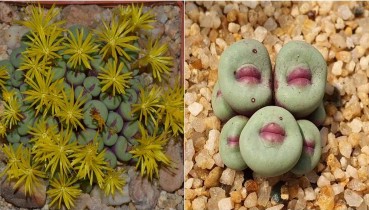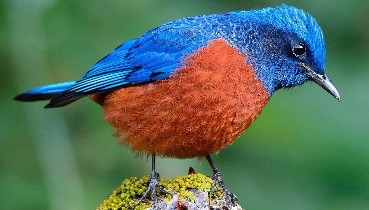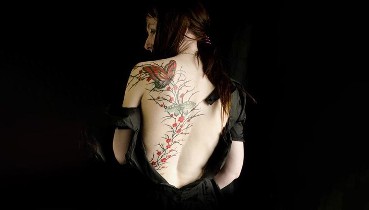

The Emotion of Nature: Sandra Bartocha’s Creative Photography
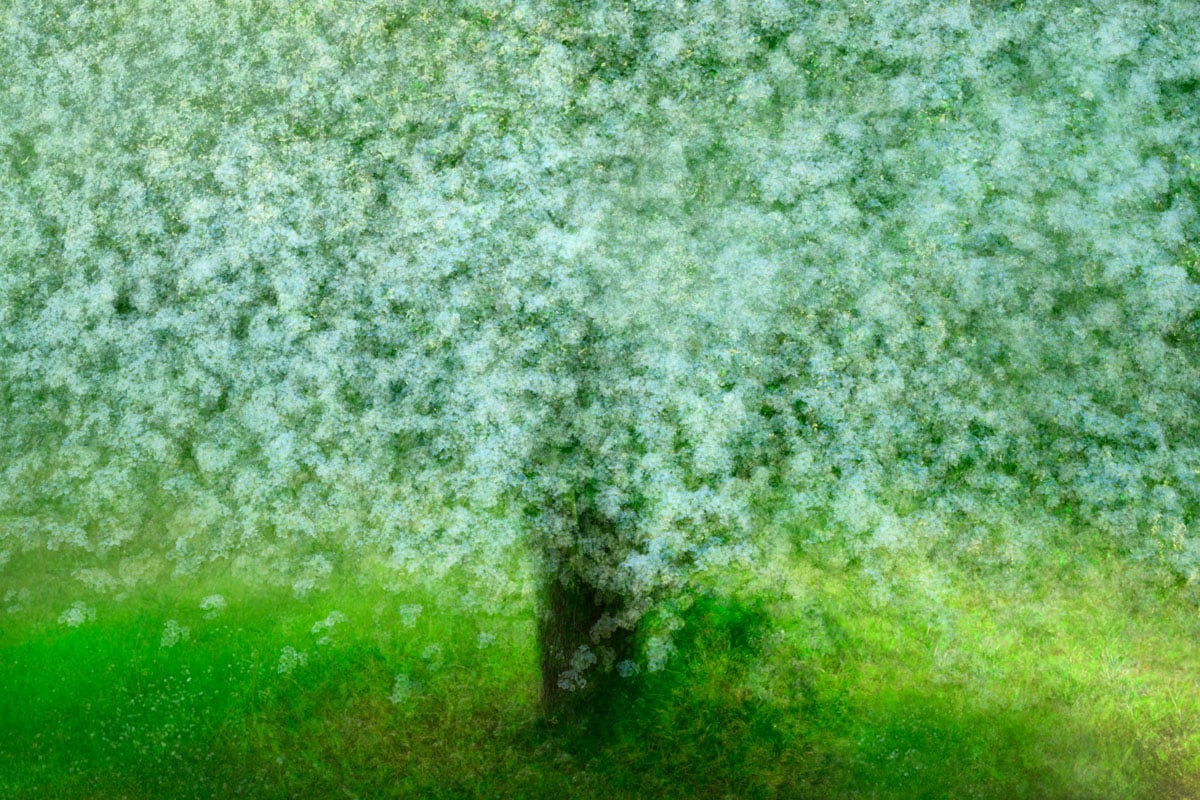
German photographer Sandra Bartocha has been making fantastic and ethereal nature photography for many years and is among the most creative landscape photographers working today. PetaPixel chatted with Bartocha about her interesting techniques, artistic vision, and the importance of authenticity in photography.
Bartocha Has Always Carved a Unique Path in Photography
“I think I’ve been photographing kind of all my life because my dad was a photographer, so I grew up with cameras,” Bartocha tells PetaPixel over Zoom. “But I would say that intentionally, not just for fun, I joined my dad in the darkroom when I was with the scouts, so around 14, almost 30 years back now.”
As a teen, Bartocha got so serious about photography that she wanted to study it in university. Ultimately, she did not get into her desired photography program, which she says results from numerous circumstances.
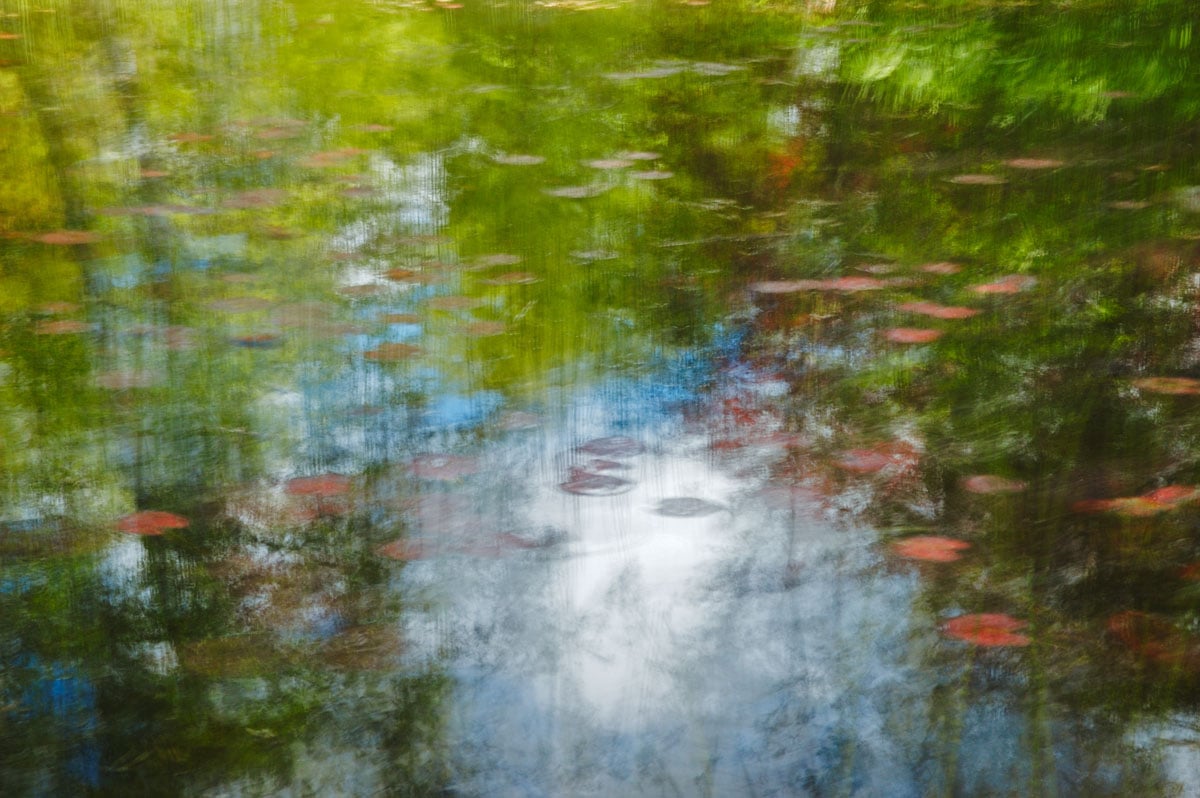
For starters, “It’s very difficult to get into these universities. In Germany, it’s not about the money; it’s much more about spaces. It’s about nine spaces for 1,200 applicants.” Back then, the internet wasn’t accessible to study how to create the perfect photo portfolio and college application. “Nobody in my village could tell me how a portfolio for a university should look. So I was really naïve.”
Beyond these limitations, Bartocha says that nature photography was not a focus of educational programs at the time, a blind spot that persists in many photo programs today. “So I think my chances of getting in were limited in any case,” she admits.

Undeterred, Bartocha continued onward, eventually becoming an au pair in the United States in 1999, where she then learned of the work of Minnesota-based photographer Jim Brandenburg.
“He got me into this kind of thing that emotional photography is much more important than the actual perfect frame with his 90-day project, Chased by the Light, where he just took one picture a day in Minnesota. And I was so impressed by that just going out and deciding what is the decisive moment and what kind of picture should I take? And I think with this concept in mind that I’m going away from the normal representation of things or documentation and much more about feeling how I feel the atmosphere of places.”
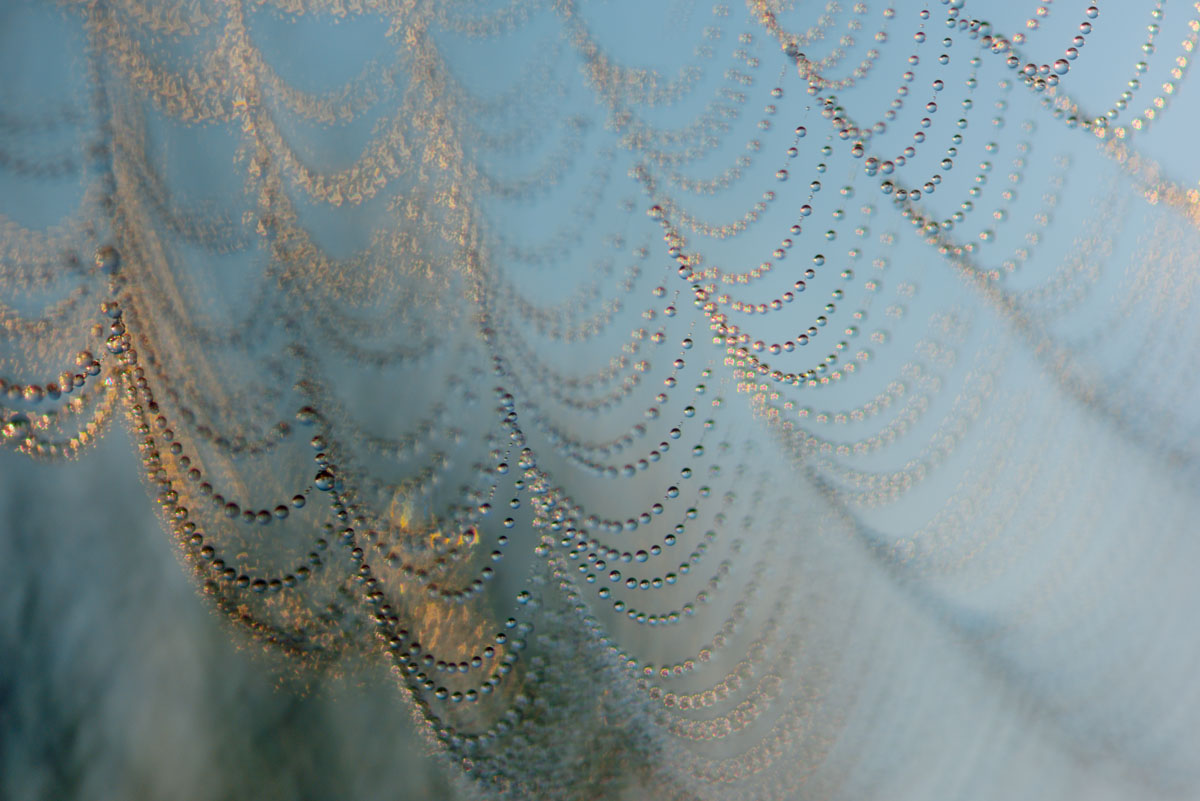
Technique and Artistic Expression
This emphasis on emotion and atmosphere has long tied in with Bartocha’s distinct photographic approach and technical skills. Since her analog origins, Bartocha has worked with multiple exposure photography techniques. In fact, PetaPixel began speaking with Bartocha because of her ongoing push to get Nikon to bring back RAW image capture with the Multiple Exposure feature‘ in its latest mirrorless cameras.
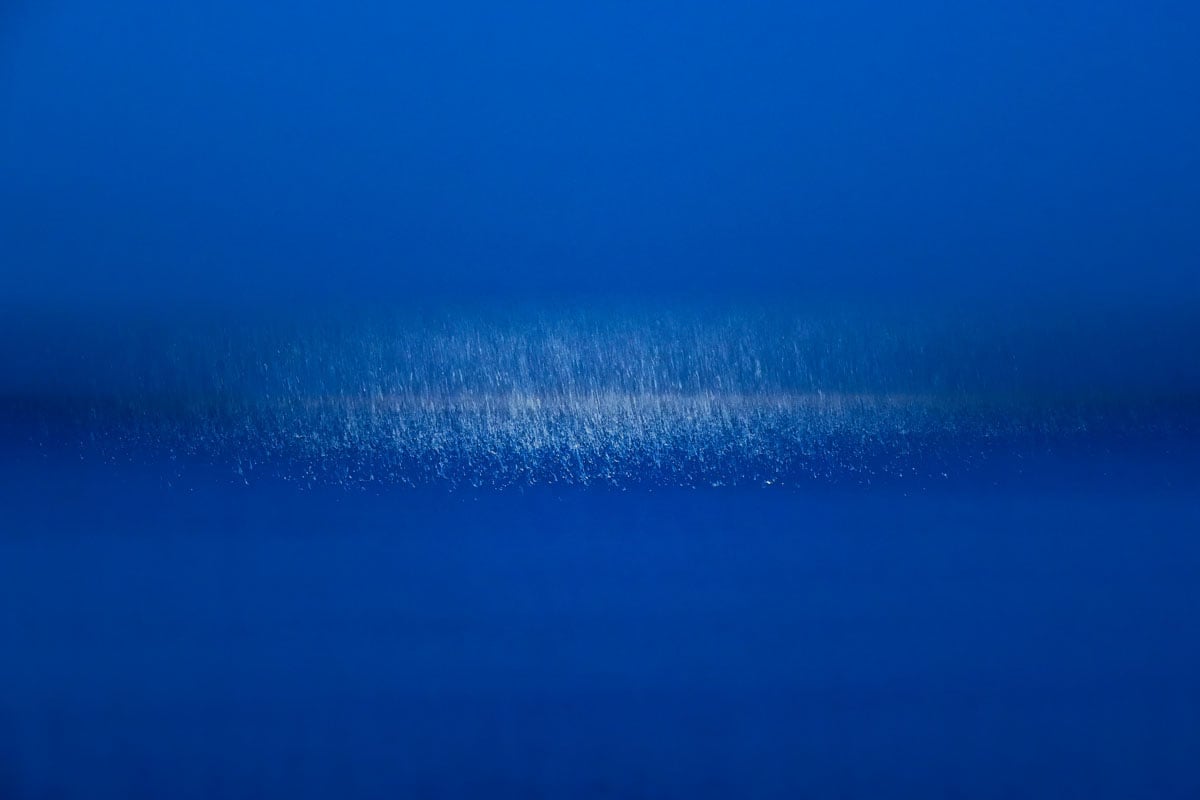
Bartocha explains that using multiple exposures allows her to “tackle different problems that the camera couldn’t do” using a single exposure. For example, when photographing flowers, Bartocha may want a layer of the frame be sharp, in-focus flowers, but need the rest of the image, including the background, to be soft. This is not always possible by utilizing shallow depth of field in a single frame. By combining multiple images, it’s possible to control the look of different areas of the image independently.
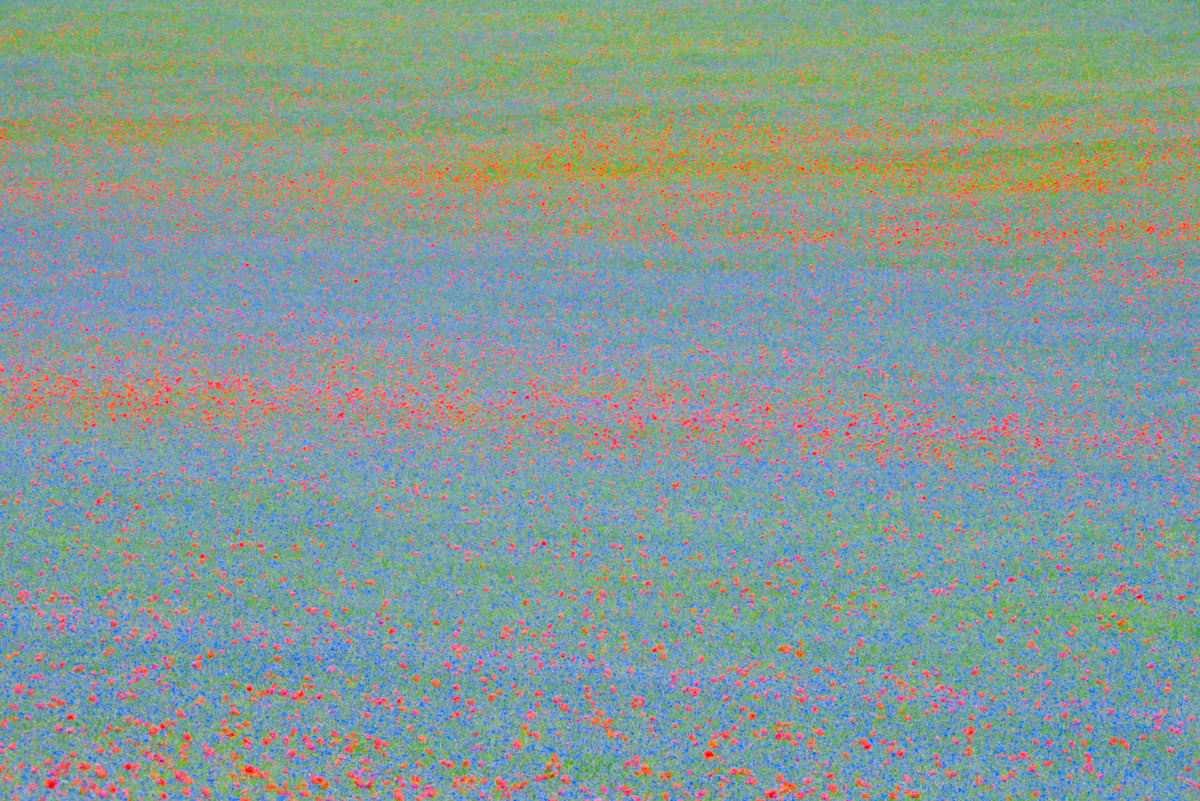
“But it was always a very strong part of deepening the information that I have in front of me and using it as a way of either tackling technical limitations of the camera or then going on creatively and seeing or capturing something that I see inside,” the photographer says of multiple exposures.
With analog cameras, the technique required a lot of manual calculation, much of which is handled automatically by digital cameras these days. However, the ability for Bartocha to determine what she wants an image to look like before it is created is as important now as it ever has been.
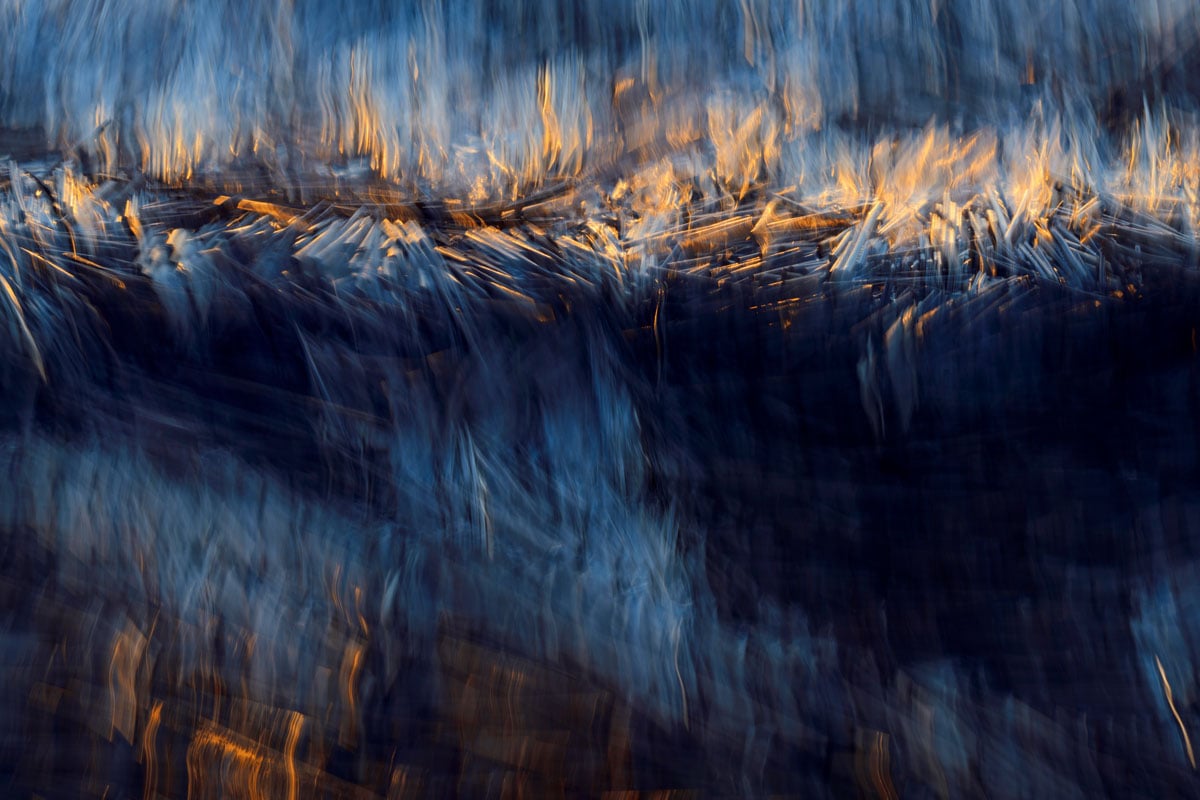
“I want to control everything… I like the classic way of layering structures or objects over each other,” she explains.
Much of Bartocha’s photographic approach, especially with multiple exposures, is similar to classical painting techniques, where the artist built a scene one layer at a time.
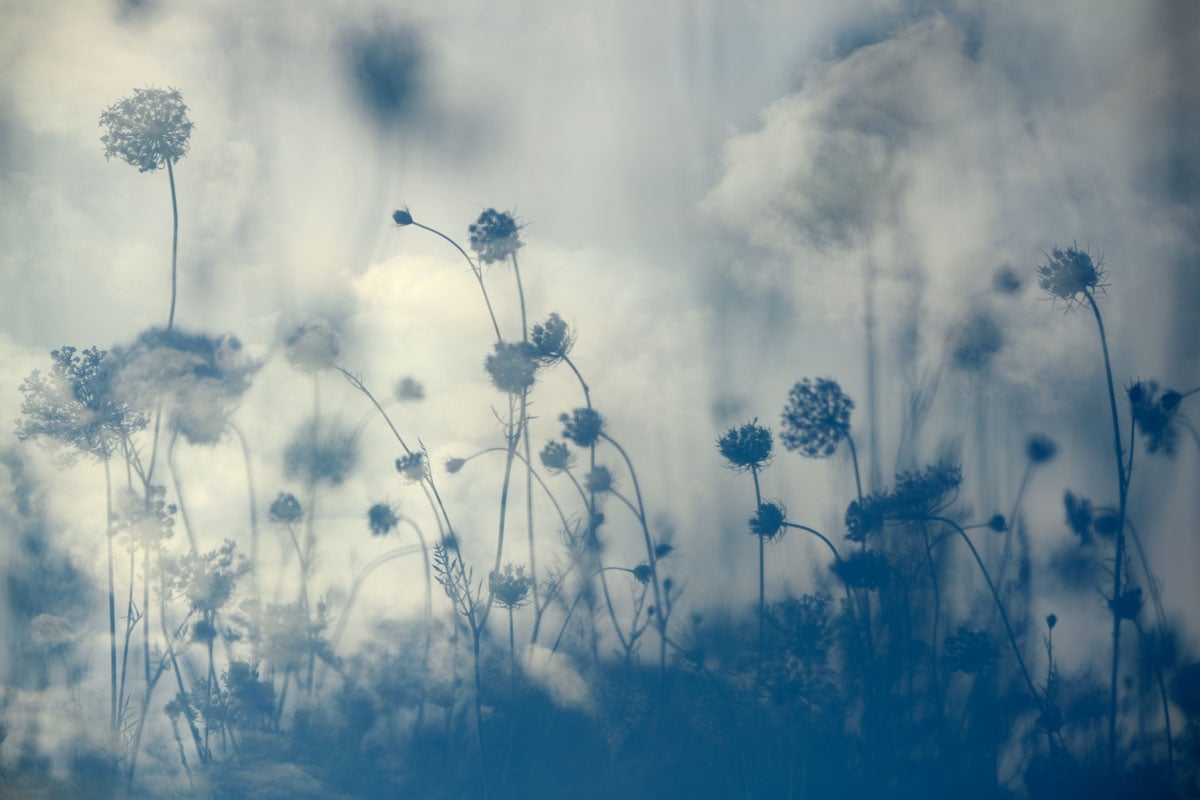
“[My work] is very impressionistic and I love Monét, but I just listened to a Monét podcast and everything that they said about him and how he approached the landscape, well, I was feeling a hundred percent the same.”
Capturing the ‘Feeling’ of Nature
Bartocha’s latest book — which is truly superb — is called Rhythm of Nature and the idea of translating a sort of natural resonance of the world into photographs is apparent throughout not just the new book, but Bartocha’s entire body of work.
“I love the way that nature makes me feel,” Bartocha says. “In a way, it allows me to get away from everything else that bothers me.”
While some people may just get out into nature to relax or look at pretty things, Bartocha absorbs the world through an artist’s eyes. As for what she looks for, she says she’s “very drawn to patterns and structures.”
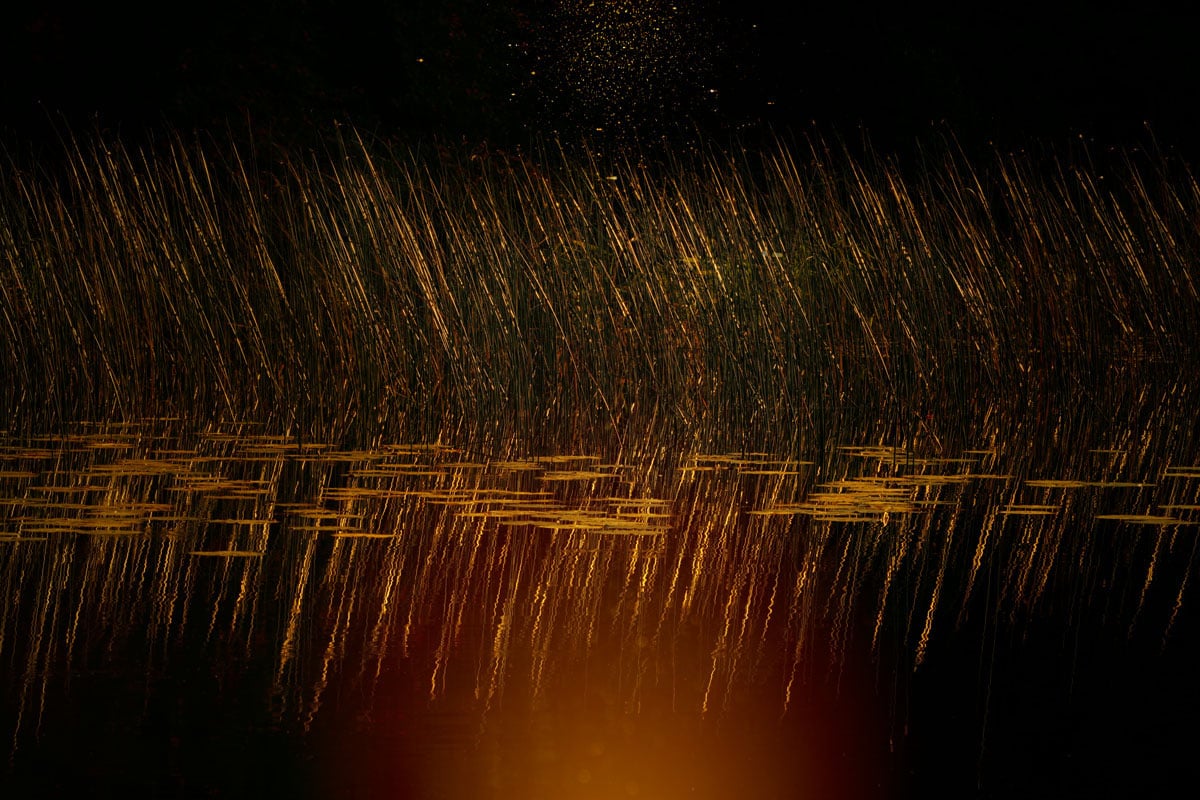
One of the most challenging aspects of nature photography is not actually finding the scenes, although that is hard, but using the appropriate tools and techniques to translate how a scene looks to the eye into a beautiful image.
When discussing how a photographer can develop a personal style, Bartocha says, “I’m a firm believer that you just really have to listen.” While the photographer was talking about how someone can find their artistic voice by understanding themselves on a deeper level, this general sentiment applies to so much of Bartocha’s work and what makes it so special. Her nature photography reflects her ability to “hear” nature.

That may seem like an excessively romantic way of thinking about photography, but it is likely relatable for many artists, photographers included. Especially with landscape and nature photography, some of the most powerful work goes beyond mere documentation or hyper-realistic depictions but manages to capture the emotion of a moment within a scene.
Practical Advice for Photographers
While Bartocha does not feel up to the challenge of leading workshops, as she believes that photography is an inherently personal endeavor, she does have plenty of actionable advice for photographers looking to improve their skills.
The most important advice is that there is significant value in learning to be more observant of surroundings. Many of Bartocha’s most impactful images are not of expansive vistas or grand landscapes. Instead, they focus on the smaller, quiet moments in nature that are no less beautiful.
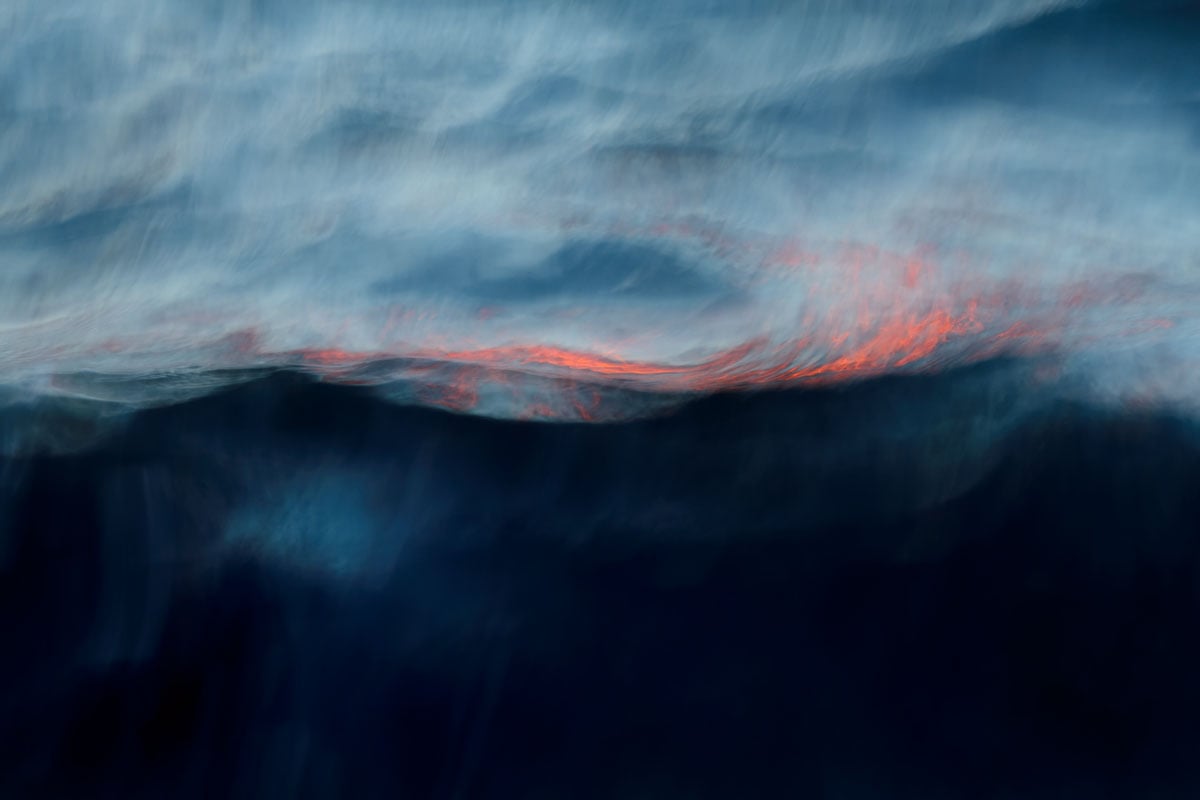
Further, exposing oneself to fantastic art by others is a great way to learn, although Bartocha warns against trying to copy or repeat someone else’s work. If a photo is not born from deep personal feelings, it can be challenging to succeed.
“And I just am generally interested in things because out of this comes curiosity, and out of curiosity comes a way of that you maybe want to create images around a certain topic and then your style will evolve alongside that,” Bartocha adds.
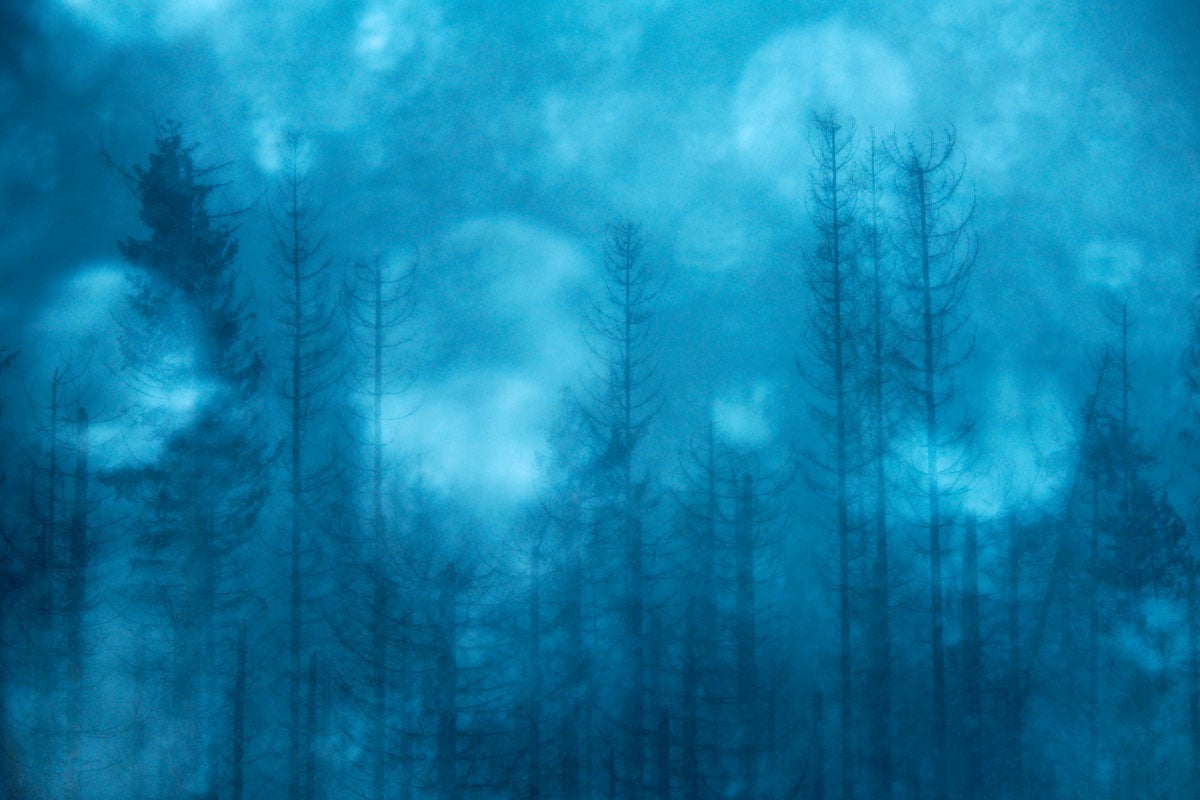
When she looks at what makes a lot of her peers successful and tries to explain her success, a common theme is that the best photographers are strong in their convictions and stay true to themselves.
This may seem like obvious advice, but Bartocha believes that a significant part of her success has come from charting her own course in photography, something that has been an essential part of her growth as an artist since she first picked up a camera.
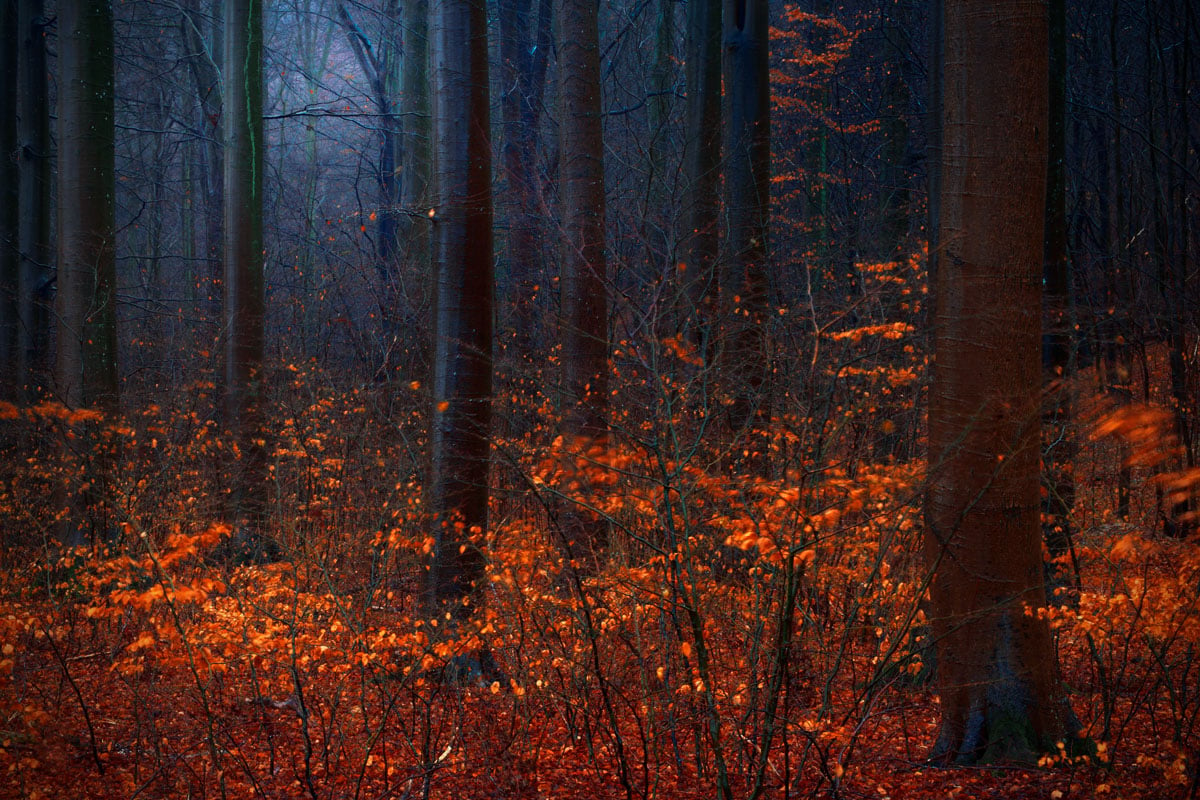
Her father was a photojournalist whose work differed greatly from Bartocha’s. She was not accepted into her desired educational programs. She has not traveled the well-trodden path of workshops and tutorials that have long been significant income sources for professional nature and landscape photographers.
Sandra Bartocha marches to the beat of her own drum, and the photography world is better for it.
Image credits: All images © Sandra Bartocha. While her website is under construction, more of Bartocha’s work is available on Instagram, Flickr, Facebook, and YouTube. Her books are available on Lys Publishing.
Recommended Videos
 14 causes of wheezing—and how to treat it528 views
14 causes of wheezing—and how to treat it528 views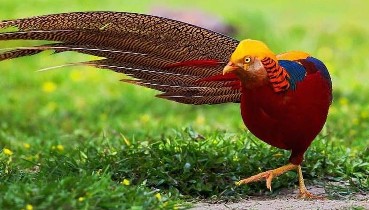 15 Of The Most Beautiful Birds In The World14075 views
15 Of The Most Beautiful Birds In The World14075 views-
Advertisements
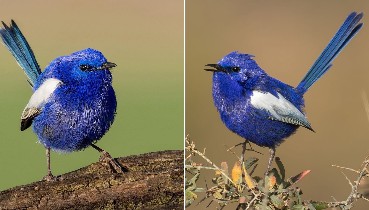 Meet The Incredible White-Winged Fairywren Bird152 views
Meet The Incredible White-Winged Fairywren Bird152 views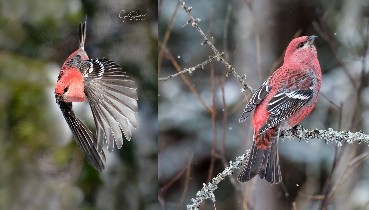 The Pine Grosbeak is a large and plump, heavy-chested finch with a round head. Its bill is thick and conical, but much stubbier than in other finch species.811 views
The Pine Grosbeak is a large and plump, heavy-chested finch with a round head. Its bill is thick and conical, but much stubbier than in other finch species.811 views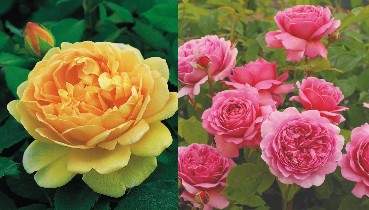 40 Mind-Blowingly Beautiful English Roses856 views
40 Mind-Blowingly Beautiful English Roses856 views 25 Most Beautiful Bird Photography examples and Tips for photographers7460 views
25 Most Beautiful Bird Photography examples and Tips for photographers7460 views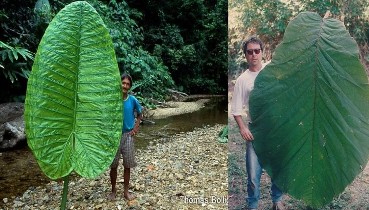 Amazonian tree with human-sized leaves finally gets ID’d as new species16276 views
Amazonian tree with human-sized leaves finally gets ID’d as new species16276 views AI-Generated ‘Flying Versailles’ Series Reimagines The Versailles Palace With Mesmerizing Gold Facades363 views
AI-Generated ‘Flying Versailles’ Series Reimagines The Versailles Palace With Mesmerizing Gold Facades363 views
